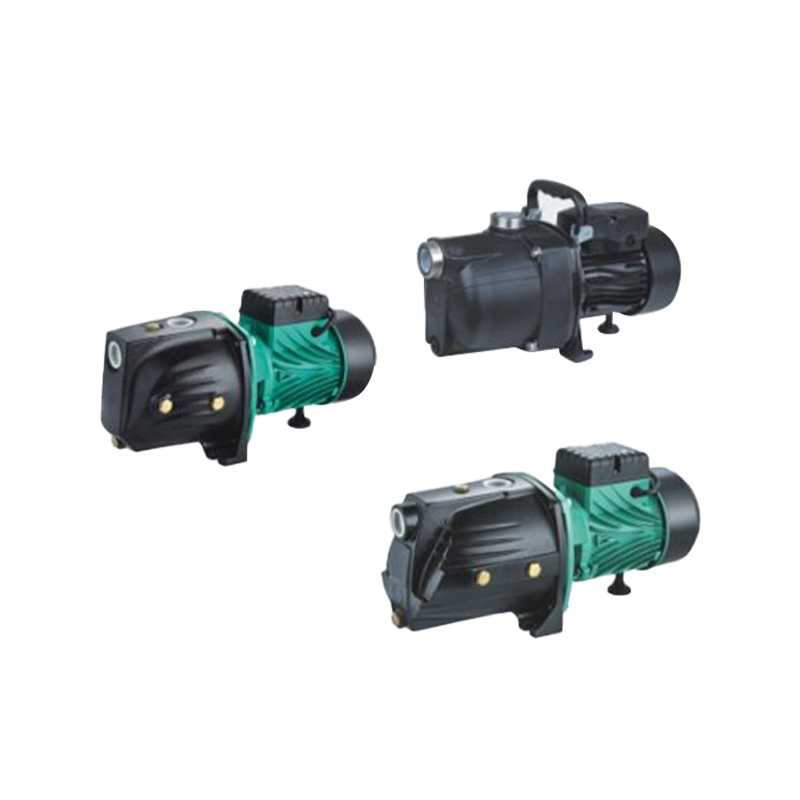SPA Stainless Steel Submersible Pump for Water Transfer and Flushing
The Stainless Steel Submersible Pump is a robust and versatile solutio...

In the world of agricultural irrigation, the efficiency of water delivery systems plays a critical role in crop health and yield. A key component in these systems is the irrigation pump, which is responsible for moving water from sources like wells, reservoirs, or ponds to the fields. Among the various types of pumps used in agricultural settings, self-priming technology has become a widely discussed feature. But is self-priming technology really essential for agricultural irrigation pumps, or are other types of pumps more suitable for these applications?
When we look at self-priming irrigation water pumps, they offer a unique advantage in that they are designed to automatically remove air from the pump casing, thus ensuring the pump starts without requiring manual priming. This is particularly useful in agricultural environments where pumps are often placed in remote locations or exposed to fluctuating water levels. The ability of these pumps to maintain prime without human intervention can save both time and labor, especially during periods of high demand for water.
The self-priming irrigation water pump is a popular choice for agricultural systems because it allows for a hassle-free startup, even after the system has been shut down for maintenance or after periods of low water levels. Self-priming pumps are also highly effective in situations where the water source is at a lower elevation than the pump. This feature makes them an excellent choice for irrigation systems where water needs to be drawn from deep wells or ponds that may not be consistently full.
For many agricultural irrigation pumps, self-priming technology can be a significant benefit, but it's not always necessary. In systems where the water supply is reliable, and the pump remains consistently submerged, other types of pumps may be just as effective. For example, traditional centrifugal pumps or garden pond pumps may suffice in less complex irrigation systems, especially where water sources are located at a higher elevation than the pump. Garden pond pumps are often used for small-scale irrigation in residential or hobbyist settings. These pumps are designed to circulate water in ponds and can sometimes be used for irrigation if the water supply is stable and the pumping head is not too high.
Nevertheless, for larger agricultural operations, especially those with inconsistent water levels or where water is drawn from underground sources, self-priming irrigation pumps become indispensable. These pumps can handle both solid and liquid material, making them versatile for use in agricultural irrigation systems that may deal with muddy or debris-laden water. This ability to efficiently handle different water conditions makes them a reliable option for farmers looking to optimize their irrigation systems.
Another key advantage of self-priming irrigation pumps is their ability to function in various conditions without constant monitoring. In situations where water may be drawn from garden pond pumps or shallow wells, priming can be an issue if the water level drops unexpectedly. A self-priming pump will automatically re-prime itself, ensuring continuous water flow. This is particularly useful in agricultural settings where water needs are constant and interruptions can lead to crop stress or loss.
The efficiency of agricultural irrigation pumps equipped with self-priming technology means they consume less energy compared to manual priming systems. In regions where electricity costs are high, this feature can result in long-term savings for farm operations. These pumps also typically have longer lifespans due to their ability to handle air and debris without damaging internal components.
While not all agricultural irrigation systems require self-priming technology, it certainly offers significant benefits. For garden pond pumps and small-scale irrigation systems, self-priming pumps might not be necessary. However, for agricultural irrigation pumps that are used in larger, more complex systems or for applications where water sources fluctuate, the addition of self-priming capabilities is a smart choice.